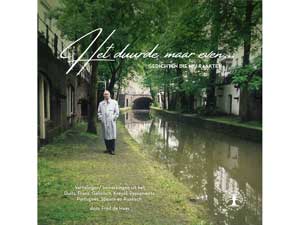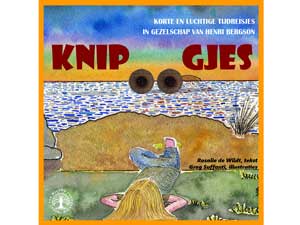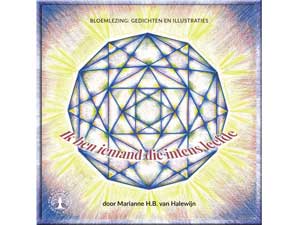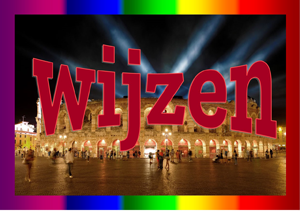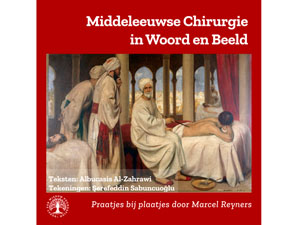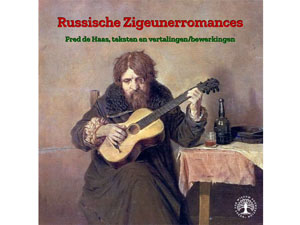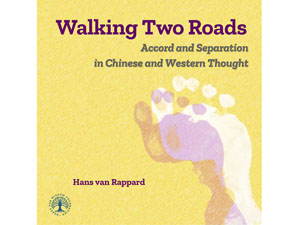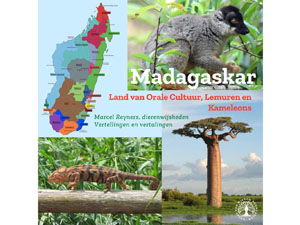Hoofdredactie
De Quest for wisdom foundation deelt graag berichten uit de internationale social media teneinde aandacht te vragen voor prangende situaties en, of inspirerende voorbeelden te tonen van interculturele levenskunst.
De stad Kilwa in Oost-Afrika op de lijst van Unesco werelderfgoed, getuigt van een rijke interculturele geschiedenis en proces van globalisering langs de zijderoute van voor het kolonialisme, zo getuigen de rijke kunsthistorische en archeologische vondsten.
A product of African, Arabian, and Persian cultures, Kilwa was an economic powerhouse that oversaw the flow of gold from its place on the Swahili Coast
National Geographic History Magazine, María José Noain, September 3, 2020
Spectacular ruins cluster on the island of Kilwa Kisiwani, more than a mile from the coast of modern-day Tanzania. The remnants of a palace and a great mosque, built partly of coral stone, are reminders of the time when the gold trade of east Africa flowed through this tiny island.
During its medieval heyday, Kilwa was the principal port in a string of coastal trading cities that formed along what became known as the Swahili Coast. Swahili is derived from an Arabic word meaning “coastal dweller” and became the name for the regional language.
The local inhabitants, descendants of the Bantu people, blended their mother tongue with adopted words from Persian and Arabic. Arabian and Persian customs are also reflected in the architecture, art, and religion of Swahili culture. All bear strong imprints of the intermingling elements among these peoples.
The connections between the Swahili coast and the Islamic world would later play into 19th-century European colonialist views of sites like Kilwa. Convinced of the “inferiority” of Africans to non-Africans, European scholars, like the British explorer Richard Burton, who visited Kilwa in 1859, believed that the indigenous African culture was incapable of developing stone-built cities. Kilwa, he and others claimed, must have been entirely the work of outsiders.
Recent archaeological discoveries have shown that the reality was more complex. Kilwa and other trading cities of the Swahili coast grew out of a complex mix of influences, starting on a strong foundation of local East African tradition.







